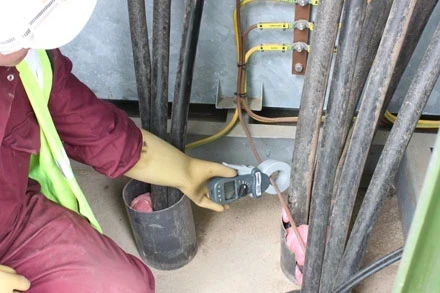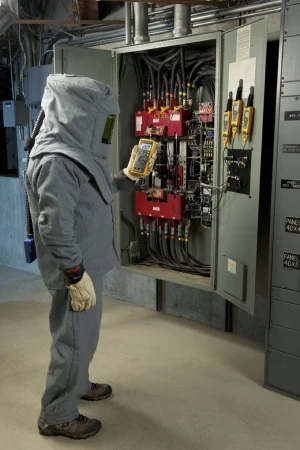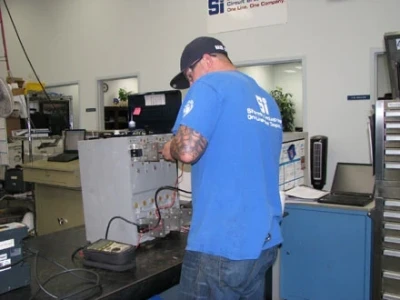Solving Power Quality Troubles in VFDs

Q: What are some of the negative power quality impacts from voltage variances and transients on variable frequency drives (VFDs)? And, what are some recommended solutions to resolve this VFD site issue?
OUR EXPERT | Paul Wright, P.Eng, engineered drive solutions manager, Electrical Controls Manufacturing (Edmonton) Inc.
A: The supply voltage from the utility grid should be sinusoidal with almost no signs of distortion as shown in waveform A in Figure 1 (see image). However there are several power quality issues that regularly cause disturbances to the voltage waveform. The more common disturbances shown in the waveforms B to F are transients, voltage variations, notching, power interruption and voltage distortion respectively.
The variable frequency drive (VFD) rectifies the supply voltage to a direct current (DC) voltage which is filtered to
135 percent of the line-line rms (root mean square) voltage using six rectifying semiconductors. The nature of the rectifier only allows current to flow to the VFD when the instantaneous line voltage is more positive than the DC bus voltage which can only occur in the peak 60 degrees of the voltage waveform (green area). Everywhere else in the waveform (red area), the rectifier is reversed biased and no current can flow.
To understand the impact of the aforementioned voltage waveforms on the operation of a VFD, we need to see what is happening in the peak 60 degrees of each waveform and if that voltage is higher than the DC bus voltage.









